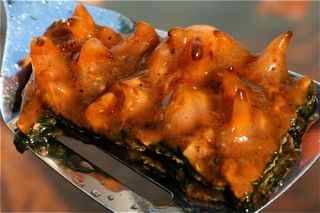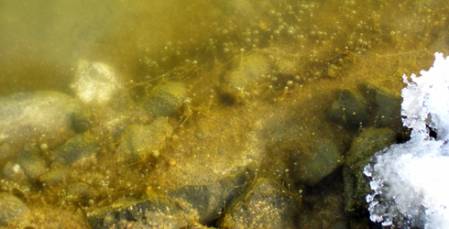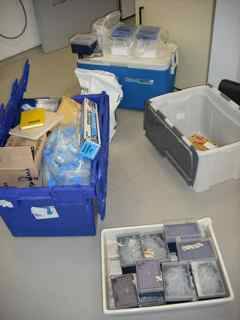I am going to Antarctica to study cyanobacteria because they are very important for the ecology of Antarctic freshwater system such as lakes, ponds and meltwater ponds on ice shelves.
Cyanobacteria were initially described as algae in the 18th century, before scientists realised they were bacteria. Therefore, they are also called Cyanophyta or blue-green algae based on their blue-green coloration.
Antarctic cyanobacteria are generally characterised by their ability to cope with the harsh conditions of Antarctica, which include:
- low temperatures
- ice formation
- high salt concentrations
- several months of darkness during the Antarctic winter
- high ultraviolet radiation during the summer
- large variations in nutrient supply
- Many Antarctic cyanobacteria produce antifreeze compounds and UV screens and are able to grow with very limited nutrients.
Cyanobacteria colonise Antarctic freshwater sediments, and biofilms are formed when cyanobacteria grow to such a high number that they form a continuous layer on top of a substrate. As they are filamentous - hair-like - they form a web or three-dimensional matrix.
They stay attached to the substrate by producing sticky substances. These so-called exopolymeric substances also enhance the matrix-structures.
Once the matrix structure is formed, other bacteria and microbial eukaryotes colonise the cyanobacterial biofilms and it becomes a microbial mat.
Microbial mats are characterised by a vertical stratification of different microorganisms. The chemical and physical gradients along the mat matrix are a result of the different metabolic activities of the inhabiting organisms and surrounding environmental conditions.
Cyanobacterial mat community
Cyanbacterial mat community in a meltwater pond on the McMurdo Ice Shelf, Antarctica
Cyanobacteria isolated from a meltwater pond on the McMurdo Ice Shelf, Antarctica







